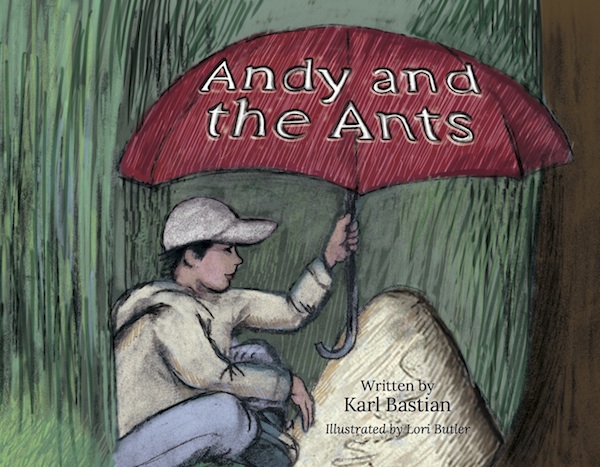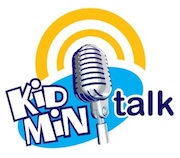Years ago when I was invited to speak at a church to train volunteers, I got picked up by a pastor who brought along his two boys who wanted to meet the man behind Toybox Tales. (ToyboxTales.com) The airport was several hours from the church, so we had lots of time to chat on the drive. At one point, we saw along the side of the road a Target store that was still under construction. The odd thing was, while the parking lot was complete with stripes and lights, and the store’s sign was up and brightly lit, the building itself still had no roof, and through the holes where windows and doors would go, we could see the floor was still dirt! These boys and I enjoyed a fun-filled conversation imagining what would happen if they stocked the store and opened but forget to put a floor down or a roof on. Space here does not allow the hysterical scenarios we described! The next day, after the training was done, the pastor told me that he owed me an apology. I was surprised. He explained that during our long conversation about the roof-less Target store he was frustrated and annoyed because he was thinking to himself, “They would never open a store with no floor or roof!” But since I was a guest, he didn’t say anything. He then proceeded to tell me that the next morning his boys were up and dressed and wanting to come to the volunteer training. When he tried to explain that it was for adults and they couldn’t go, he said they cried and asked if they would ever see me again. He was puzzled by how they had connected with me so strongly until, during my workshop, I explained the power of learning the Language of Imagination.
There is a secret language that children speak in. It is a language that, if learned and mastered, you’ll connect with kids on a level few others do. I call it “Imaginative Conversation”. Listen to children talk to each other. Much of what they discuss are hypothetical situations or events that often are considered by adults to be pointless silliness. Children may be talking about what it would be like if Christmas occurred every month or what it would be like if bikes could fly. Adults too often interject into these conversations correcting what they consider to be impossible, highly unlikely, or flat out impossible. What they miss is that kids already know this. They are using their God-given imaginations to enjoy picturing what can’t be – that is the whole point of the conversation. When an adult joins an imaginative conversation, or better yet, initiates one, children are delighted and see that adult as completely different than most. When a child asks me before church what my puppet is up to, the realistic answer would be, “Well, right now he is in a bag backstage.” That isn’t really what the child was asking. They were inviting me into an imaginative conversation. A better answer is, “Actually, right now, I think he is skydiving.” In that moment, we both enjoy the ridiculous mental image of my puppet skydiving! That shared experience is bonding. It is deepened later when I get my puppet out and ask him what he’s been up to lately, and when he answers, “I went skydiving this morning!”, I get yet another shared experience with a child in the audience who remembers imagining that with me!
Children love to imagine. “What if” conversations like these are a common way they join into imaginative dialogue. Children love to talk about ridiculous scenarios that start with “what if” and lead to even more nonsense. Too often, adults squelch such conversations as unrealistic or silly. Kids aren’t trying to be realistic; they are enjoying imagining preposterous things. When you can join into an imaginative conversation with children you are talking their language, and a language that is foreign to most grown-ups. Imagination is more than just the ability to think of something that doesn’t yet exist and bring it into a mental existence; it is a way of thinking. In fact, when it comes to communicating with kids, imagination can become a language we can speak.
If you walk up to a group of kids that are talking, they will often stop talking and look at you. Why? They are expecting you to interrupt with some instruction or at least a question. Oddly, we don’t do this when we walk up to a group of adults who are talking. We walk up to them, and we are silent. We start by listening. We don’t speak until we sense we have something to offer, we have earned the right to speak through patience and listening or because someone asks us a question.
Here is a practical assignment for you. The next time you are with kids, walk up to a group and say nothing. When they all stop and look at you, remain quiet. If it is awkward, it is because you are breaking the expected pattern. When you can walk up to kids and they just continue to talk, then you know you are welcome as one of them. There is a good chance they will be engaged in Imaginative Conversation. When you join them in their conversation, then you will really be speaking their language and your bond with them will deepen. It will make your teaching even more impactful later.
What if David had shot Goliath with a Nerf gun? Just imagine it!
For more Kidology Theorems, visit the Kidology Theorems Zone on Kidology









